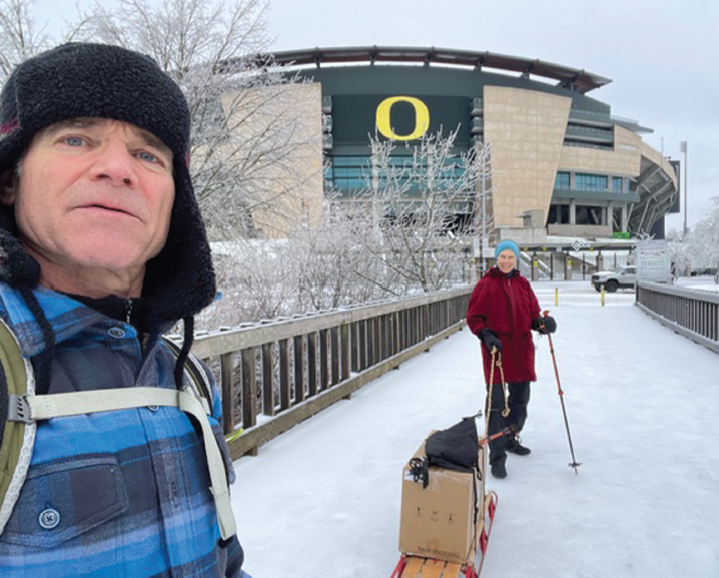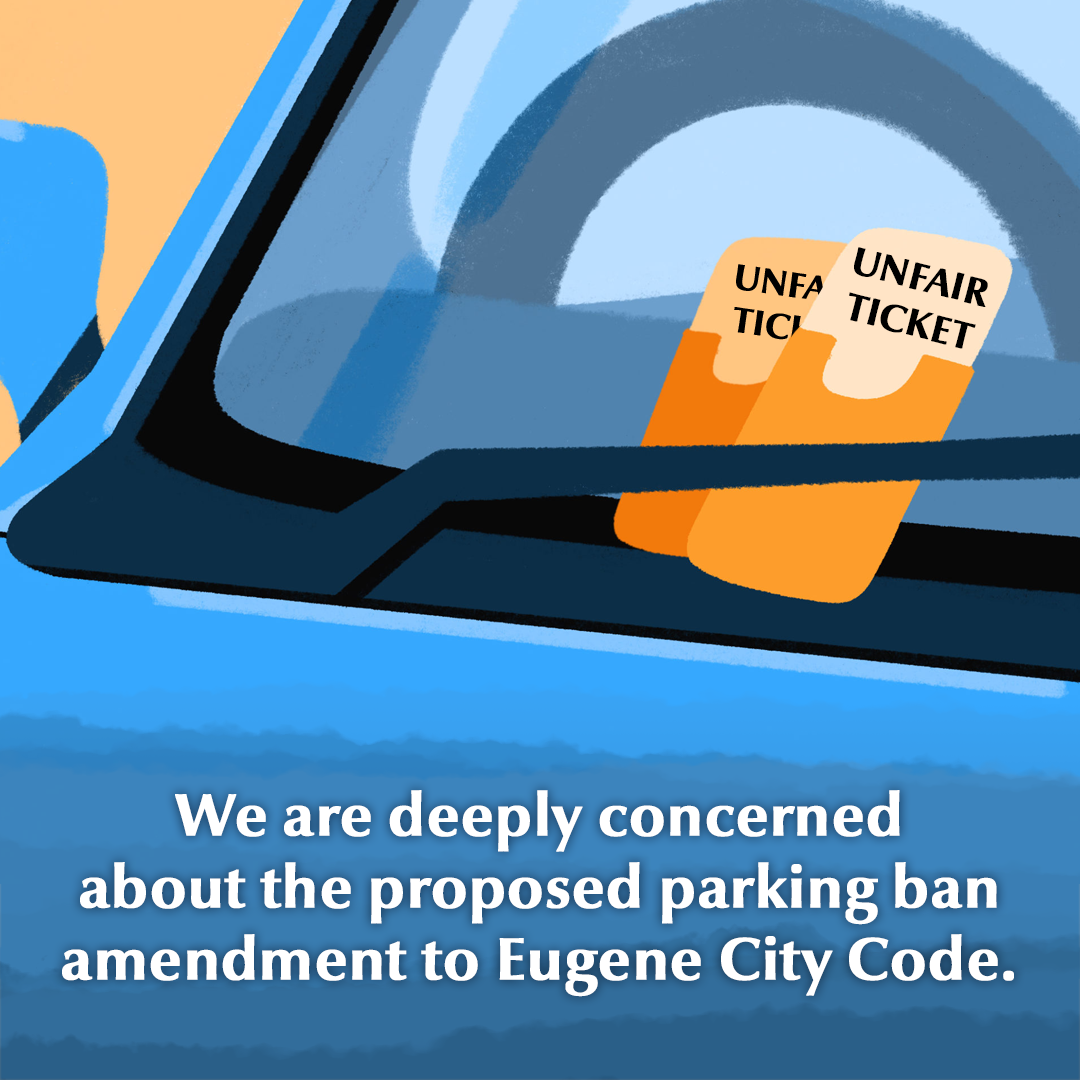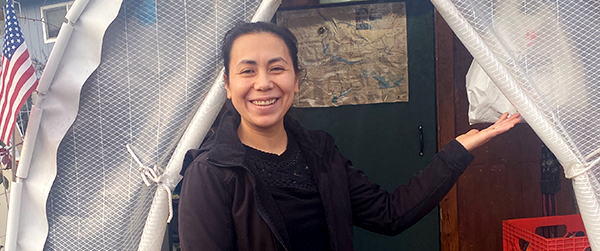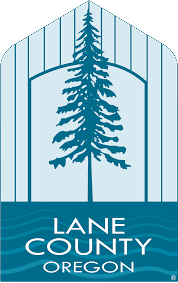News & Events
To stay connected and learn about upcoming events, subscribe to our quarterly newsletter and follow us on social media.
If you are a member of the media who is seeking information or would like to request an interview, contact community@cssoregon.org.
Volunteers Boost Energy Systems at CSS Communities
By Guy Maynard
During the ice storm that brought Eugene to a standstill in January, all the batteries that stored the energy from the solar panels at CSS’s Lot 9 Community went dead, meaning no lights and no way to charge cell phones. Dave Reuter knew that because of a monitoring system he had set up to keep track of the status of the solar energy systems at eight CSS communities. Dave, a volunteer who has led an effort to upgrade and standardize the CSS power systems, and his wife Janel Erickson, who has worked with him on this project, are intrepid outdoors people. While most of us struggled to get out of our front doors, Dave and Janel loaded a couple of fresh batteries on their Flexible Flyer sled and attached Yaktrak spikes to their shoes and a rope to the sled. With Dave in front and Janel in the rear, they guided the sled the five miles from their Friendly neighborhood home to Lot 9, near Autzen Stadium.
And there was light—and charging. And it was good.
Dave got involved in this effort in early spring of 2023 when he got a call from Barr Washburn, CSS Special Projects Coordinator, telling him that CSS solar power systems had a bunch of dead batteries and asking him if he could figure out why. Barr had heard about Dave through a mutual friend who knew of him and Janel through the Friendly Area Neighborhood Toolbox Project (where Janel is a volunteer Garden Guardian). Dave had worked for AM Solar for almost 18 years before he retired in 2021. Janel is a retired nurse.
Barr describes the various CSS solar installations at that time as “chaotic.” They had been developed piecemeal over time with different equipment at different communities. “We were often running around doing emergency repairs. We were never on top of it,” he says.
Dave first visited the Westmoreland Community Safe Spot. He found batteries that were not well maintained or charged and a “rat’s nest” of wiring—as well as evidence of a “little highway for rodents” because the batteries were partially covered but still accessible. He pulled those batteries and replaced them temporarily with some fresh batteries of his own while he cleaned and recharged them.
He asked to see the installation at other sites, where he found similar problems.
Barr says the first project with Dave and Janel was to build a box to house the batteries that was insulated, mouse-proof, and tamper-proof. Barr built a prototype, and Dave took the prototype to his long-time friend Doug Handshaw, a woodworker and cabinet maker and, with materials provided by CSS, Doug built eight “gorgeous plywood boxes,” according to Barr. Janel painted them all green.
Another weak point in the old system was the USB ports, where community members charge their cell phones, a vital communications tool as they try to rebuild their lives. Charging phones is one of the most important functions of the power systems.
Janel spent hours researching USB ports and found there was no single perfect port for the CSS installation, but through their own testing they found one that had a rigid tab inside, to withstand heavy use, and was reliable.That type of port also has an indicator light to show that it is working, a feature community members like. Dave replaced most of the USB ports. Communities have an average of eight dual port outlets in trays above the battery boxes. In most cases, Dave was able to use existing trays but some were repaired and, in one case, replaced. Dave’s long-time friend John Manotti helped with that.
In the months of November and December last year, Dave put in more than 200 hours getting all the boxes set up with revamped or new batteries. He also cleaned up all the wiring, replacing undersized wire that was inefficient and potentially dangerous and improving wire connections and fusing. Now each USB port is individually fused, so if “somebody shorts one out, it’s not going to take out the whole bank,” Dave says. “And we’ve got breakers for various devices . . . for the main fuse panel, for the solar regulator, for the incoming power from the solar panels.”
“Everything is solid, jacketed, and weathertight," Barr says.
And the slickest part of all is the system Dave set up to monitor the power systems in the eight communities they have worked on. It updates about every 15 minutes and through a cell phone app tells the status of charge for each of the batteries, the voltage of the batteries, the solar power being generated, and the current usage. That app is what alerted him to the battery failures during the ice storm. Dave even monitored the status of the CSS power systems while he and Janel were on vacation in Arizona and California in February. He is training CSS staff members to also use the monitoring app, which will allow them to address problems before they become emergencies.
“It's made a difference because we're not getting emergency calls that lights are out, or they can't charge their phones,” Barr says. “There's a lot of appreciation at CSS for Dave's work. It’s amazing. He can basically tell if somebody's left the lights on. He can't turn the lights off, but he can do everything else. The boxes are so tidy, they're just little works of art in there.”
Dave, with help from friend Mike Ashmore, who has about 30 year’s experience in the solar industry, put in a new solar array at the Roosevelt Community and added panels (donated by Dave) to the system at the Bertelsen Park Community. They are also designing improvements to the solar array at the Skinner Village site and possibly Westmoreland.
Dave and Janel say that they have had lots of positive interactions with CSS community members as they have worked on these installations. Getting feedback about their use of the power systems and issues that have come up was interesting and valuable, Dave says. Janel gives an example: “At Empire, which was one of our first sites where we really started testing things, [community member] Barb was really engaging and helped us ferret out some information about the lighting situation and what was working and what wasn’t.”
Inspecting and rewiring some of the community solar arrays and standardizing lighting among the communities is next on the agenda for the project. Dave also is providing feedback to CSS staff who are investigating ways to meet other power needs of the community members.
CSS supplies the materials for these projects, but Dave and Janel’s ties in the community have contributed not only other volunteers willing to help but also discounted or recycled materials from AM Solar and the Toolbox Project.
Dave and Janel sum up why they have been willing to contribute so much time and heart to CSS with this statement: “They say you should retire
to
something, not from something. We wanted to give back to our community, and the CSS project to upgrade the off-grid power systems was and is perfect for us—people-oriented, collaborative, rewarding, hands-on, technical, and practical. We've been able to combine our skills to find post-retirement purpose.”
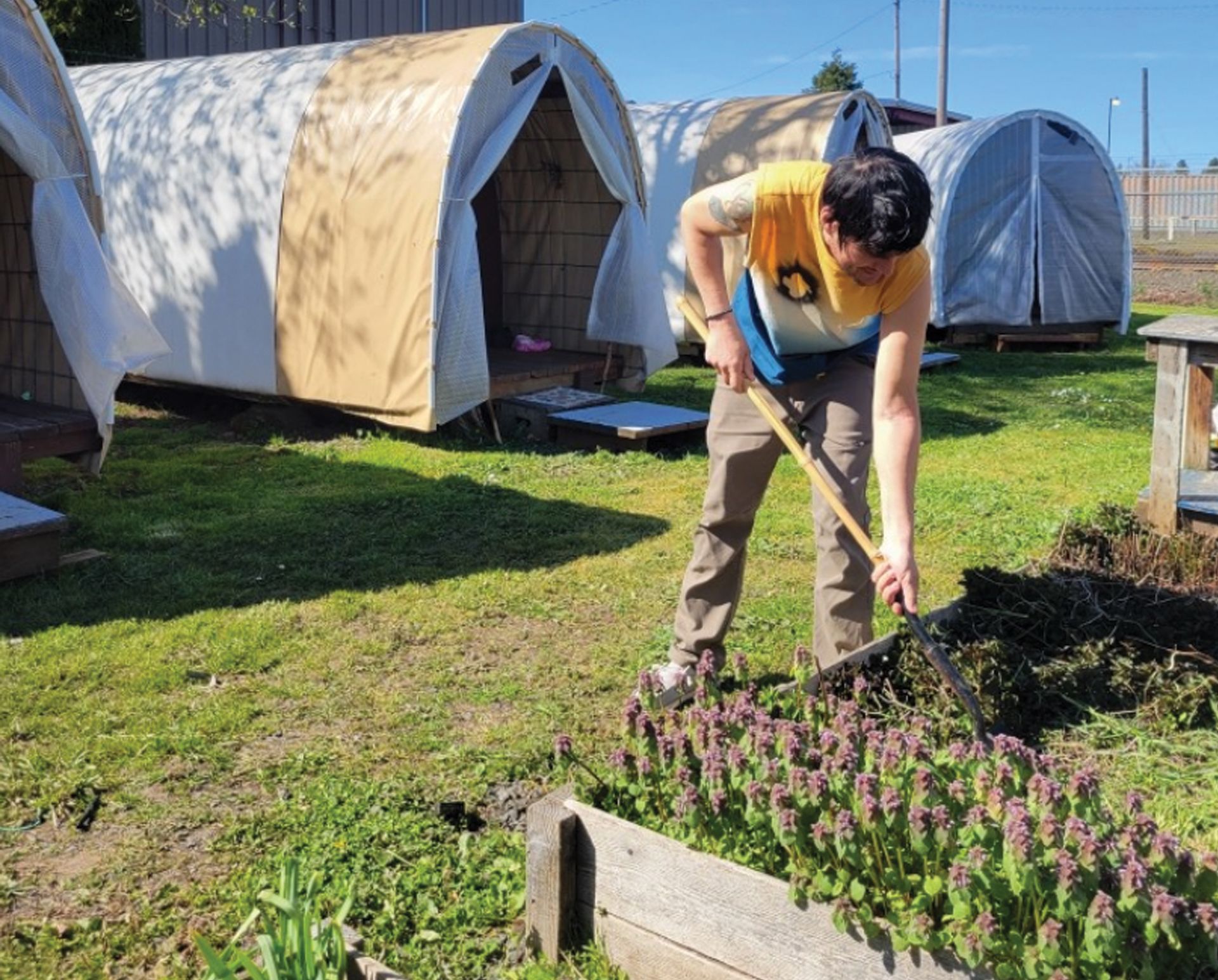
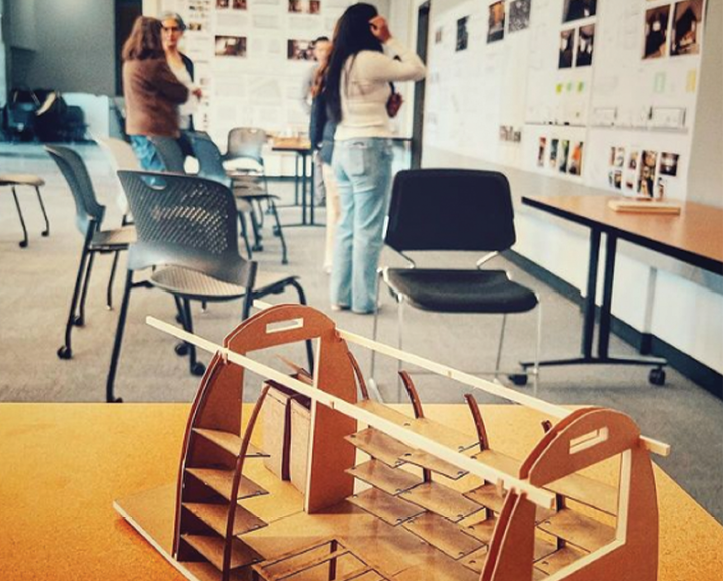
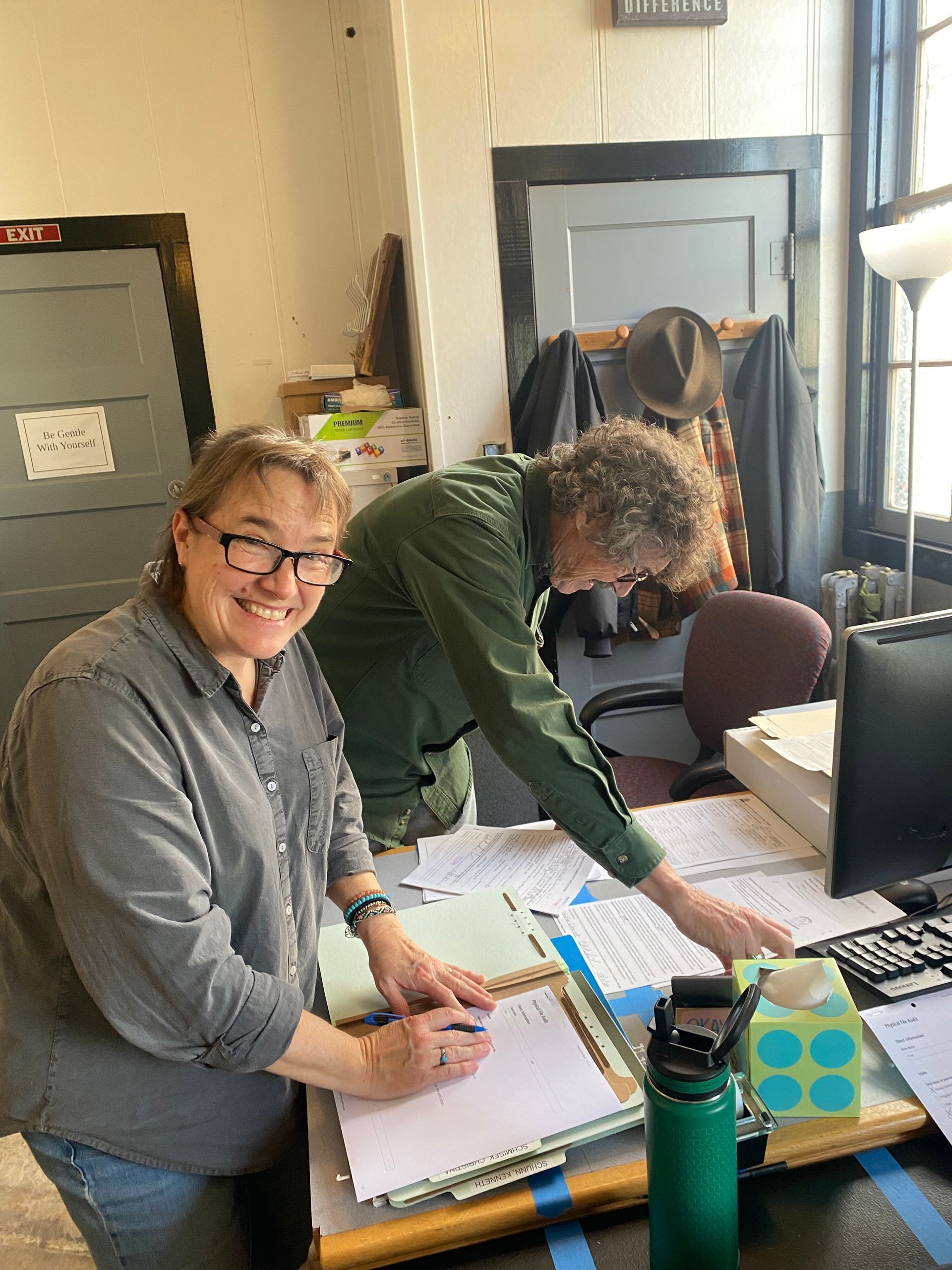
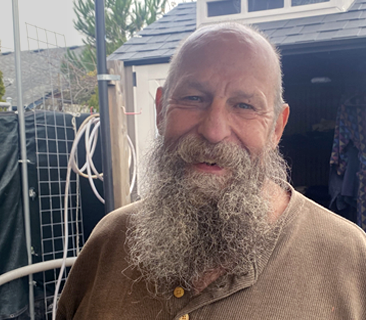
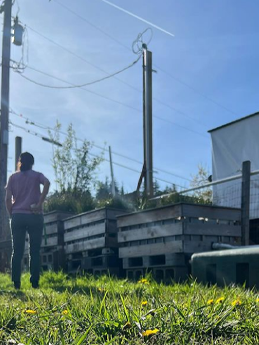
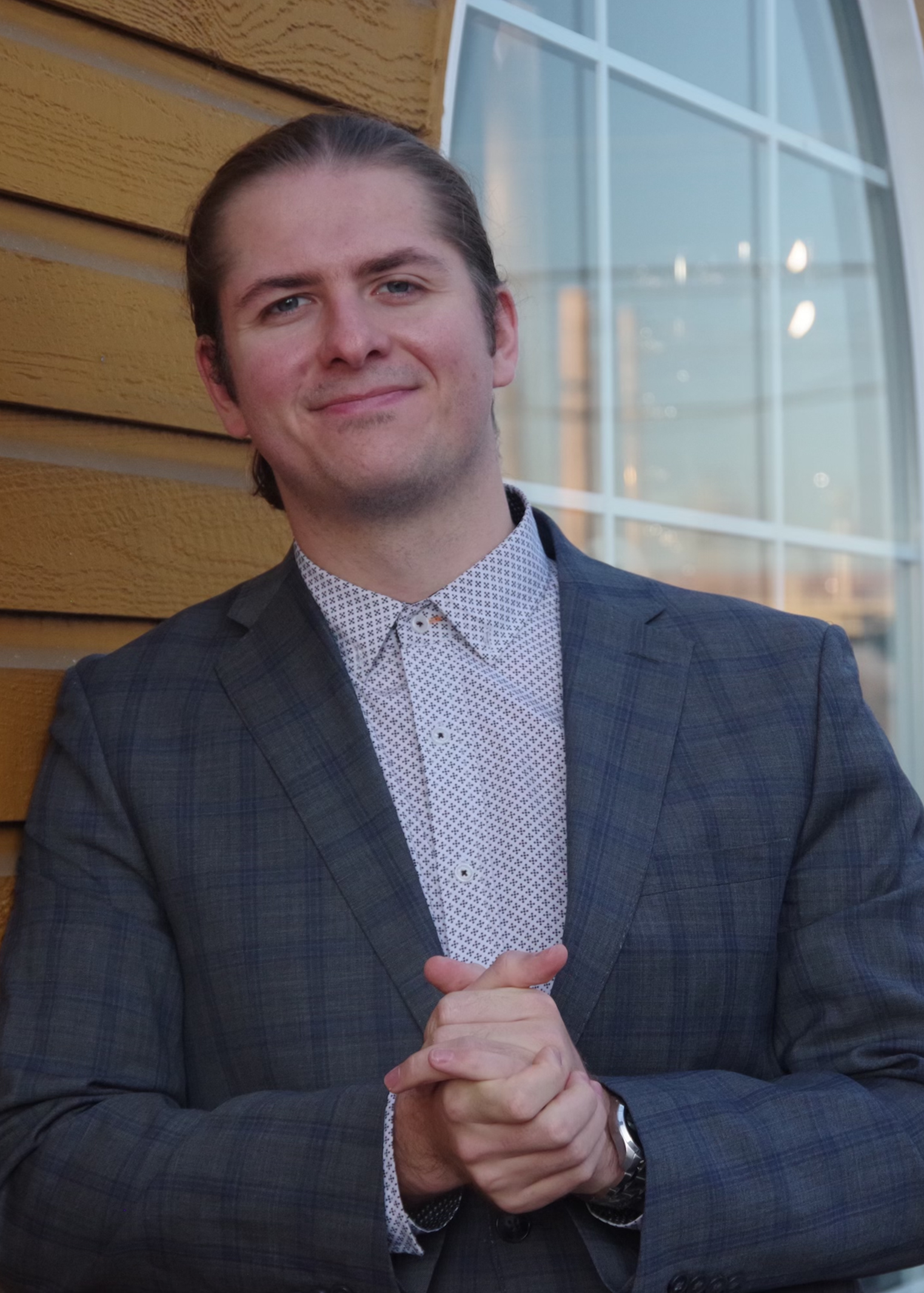

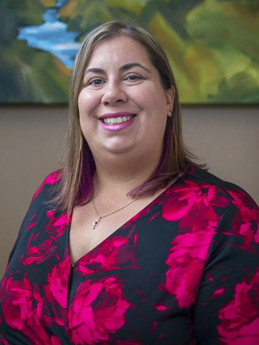
Community Supported Shelters
1160 Grant Street
Eugene, OR 97402
Public Office Hours:
Tue-Fri, 1-4 p.m.
Finance and Tax Information
We are a 501(c)(3) organization, and you may take a tax deduction to the full extent allowed by law for your contribution to us.
(EIN#: 46-2377054)
Newsletter
To stay connected to CSS and learn about upcoming events, subscribe to our quarterly newsletter.
All Rights Reserved | Community Supported Shelters | This site is powered by Neon One


